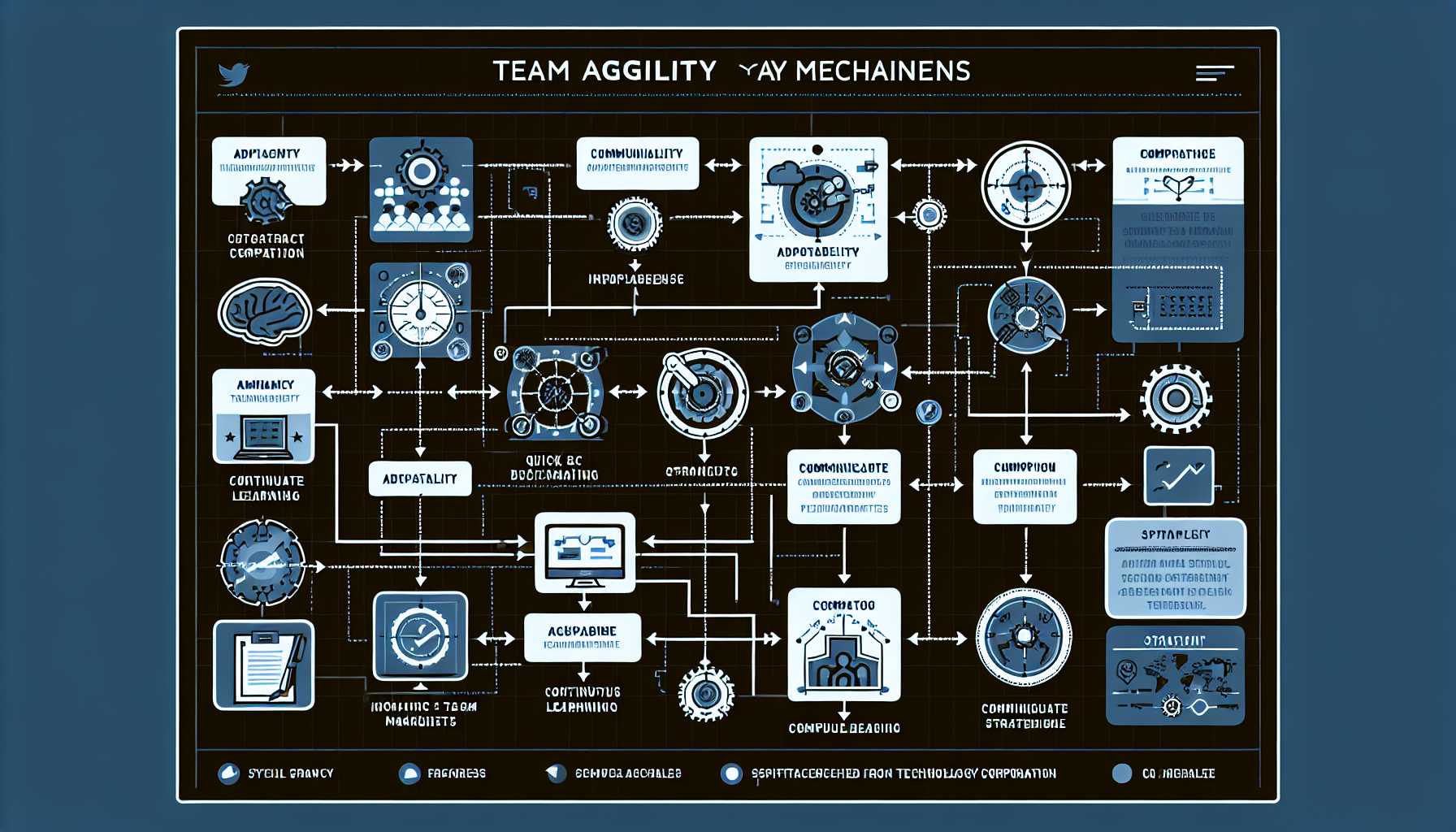Team Agility in Tech: Strategies for Thriving in Fast-Moving Environments
Welcome back, adept product managers! Today’s post is all about agility – maintaining not just the pace but the flexibility to pivot in fast-moving tech environments. I’ll share the strategies I’ve implemented in various team setups, drawing from the lean and nimble approaches that have allowed my teams to thrive amidst uncertainty.
The Nature of Tech Agility
Tech agility is more than just rapid development cycles; it’s the team’s ability to respond to change effectively and efficiently. Reflecting on my tenure with multiple teams, several approaches have stood out in sustaining team agility.
Agile, but Truly Agile
While ‘Agile’ has become a buzzword, many organizations fail to embrace its core principles. I’ve learned that by fully committing to Agile’s values, particularly individuals and interactions over processes and tools, we’ve realized substantial improvements. A quick retrospective: by including every team member in our sprint planning sessions, we harnessed diverse perspectives that led to more resilient sprint outcomes.
Facilitate Rapid Decision-Making
Rapid decision-making is another cornerstone. When I led a product team through a crucial pivot, we adopted the ‘Two-Pizza Team’ rule—a team should be small enough to be fed with two pizzas. The reduced bureaucracy and leaner communication channels facilitated swifter decisions that were critical at that juncture.
Tools and Technologies
The right tools can make all the difference. Invest in technologies that streamline workflows and promote collaboration. During one of my projects, the integration of a new project management tool cut down our sprint planning time by over 50%, an immense saving that far outweighed the transition costs.
Autonomy
Provide autonomy, but within a framework. I once challenged a team to deliver a feature with minimal oversight but clear outcome expectations. The result? They delivered ahead of schedule with innovative solutions that I wouldn’t have conceived. Autonomy breeds ownership, which in turn, fosters agility.
Continuous Feedback Loops
Incorporate continuous feedback loops. Be it through customer insights or internal reviews, frequent feedback has allowed my teams to adjust course before issues snowballed. In one memorable scenario, early customer feedback during a beta release prompted us to tweak our UX, significantly enhancing the product’s market fit upon full release.
Skills and Cross-Functionality
I cannot stress enough the importance of skill diversification and cross-functional team composition. Teams where members understand each other’s roles and skillsets can adapt more rapidly. My experience with a cross-functional team tackling a complex integration project is a prime example – the synergy and mutual understanding streamlined an otherwise convoluted process.
Building a Resilient Mindset
Finally, agility begins in the mind. Building a resilient, agile mindset amongst team members has been critical in weathering the storms that often come with disruptive technologies. Encouraging risk-taking and emphasizing learning from every outcome have been pivotal in maintaining a forward-moving, agile spirit.
Conclusion
Agility isn’t a destination; it’s a mode of travel through the unpredictable terrain of the tech industry. By empowering teams, investing in the right tools, fostering an open feedback culture, ensuring skills diversity, and nurturing an agile mindset, we prepare not just to survive but to thrive in fast-paced environments.
Implementing these strategies has enabled my teams to not just navigate but anticipate and adapt to changes before they become tidal waves that threaten to derail progress. Agility is our lifeline – it allows us to be resilient, resourceful, and ultimately, successful.

